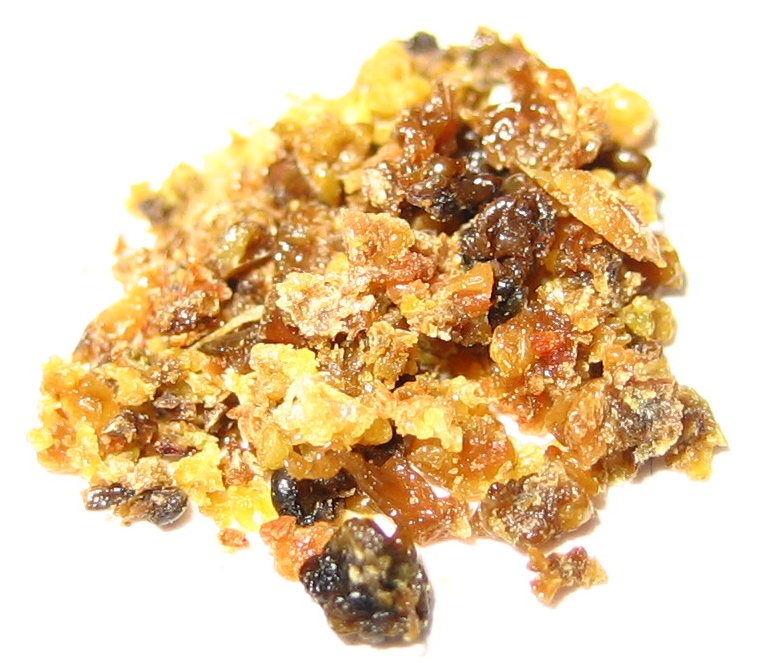operation gold rush: the real reason why we are at war!
http://upload.wikimedia.org/wikipedia/commons/6/64/HeroinWorld-en.svg
http://en.wikipedia.org/wiki/International_Opium_Convention
Illegal production
See also: Opium production in Afghanistan and Illegal drug tradeOpium production has fallen greatly since 1906, when 41,000 tons were produced, but because 39,000 tons of that year's opium were consumed in China, overall usage in the rest of the world was much lower.[78] In 1980, 2,000 tons of opium supplied all legal and illegal uses.[13][79] Recently, opium production has increased considerably, surpassing 5,000 tons in 2002. In 2002, the price for one kilogram of opium was $300 for the farmer, $800 for purchasers in Afghanistan, and $16,000 on the streets of Europe before conversion into heroin.
Following documented trends of increasing availability mirroring increased American military and geo-political regional involvement, Afghanistan is currently the primary producer of the drug. After regularly producing 70% of the world's opium, Afghanistan decreased production to 74 tons per year under a ban by the Taliban in 2000, a move which cut production by 94 per cent. A year later, after American and British troops invaded Afghanistan, removed the Taliban and installed the interim government, the land under cultivation leapt back to 285 square miles, with Afghanistan supplanting Burma to become the world's largest opium producer once more. Opium production in that country has increased rapidly since, reaching an all-time high in 2006. According to DEA statistics, Afghanistan's production of oven-dried opium increased to 1,278 tons in 2002, more than doubled by 2003, and nearly doubled again during 2004. In late 2004, the U.S. government estimated that 206,000 hectares were under poppy cultivation, 4.5% of the country's total cropland, and produced 4,200 metric tons of opium, 76% of the world's supply, yielding 60% of Afghanistan's gross domestic product.[80] In 2006, the UN Office on Drugs and Crime estimated production to have risen 59% to 407,000 acres (1,650 km2) in cultivation, yielding 6,100 tons of opium, 82% of the world's supply.[81] The value of the resulting heroin was estimated at $3.5 billion, of which Afghan farmers were estimated to have received $700 million in revenue (of which the Taliban have been estimated to have collected anywhere from tens of millions to $140 million in taxes).[82] For farmers, the crop can be up to ten times more profitable than wheat. The price of opium is around $138 per kilo (INR7,000 per kg). However, opium production has led to rising tensions in Afghan villages. Though direct conflict has yet to occur, the opinions of the new class of young, rich men involved in the opium trade are at odds with those of the traditional village leaders.[83]







0 Comments:
Post a Comment
Subscribe to Post Comments [Atom]
<< Home